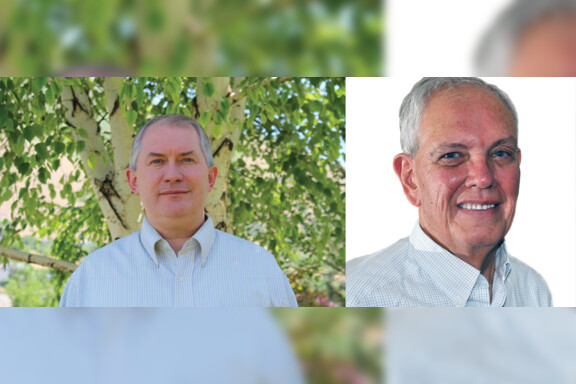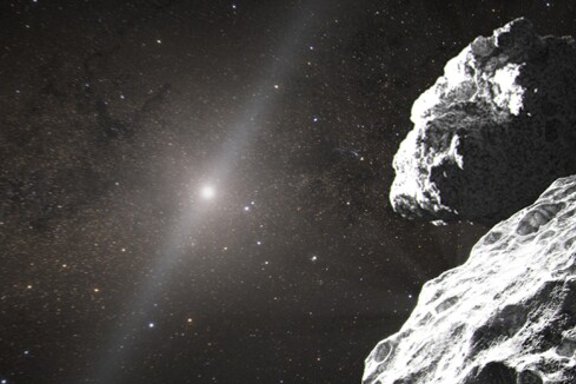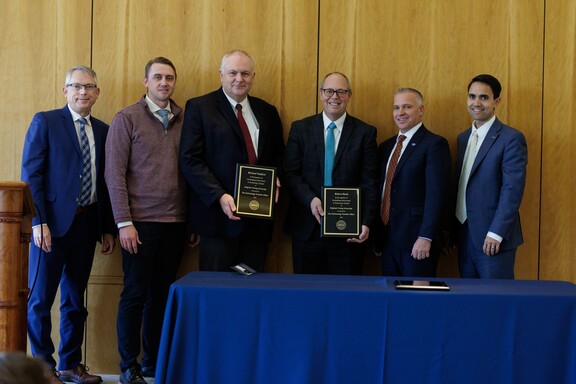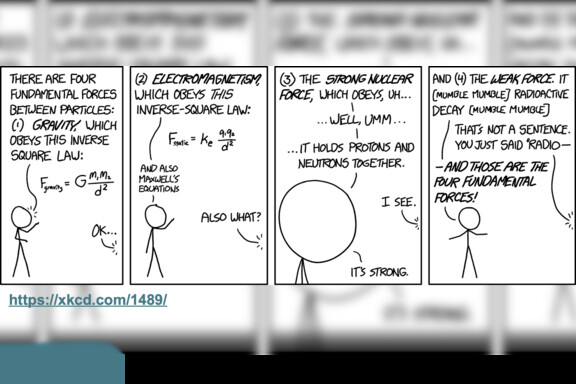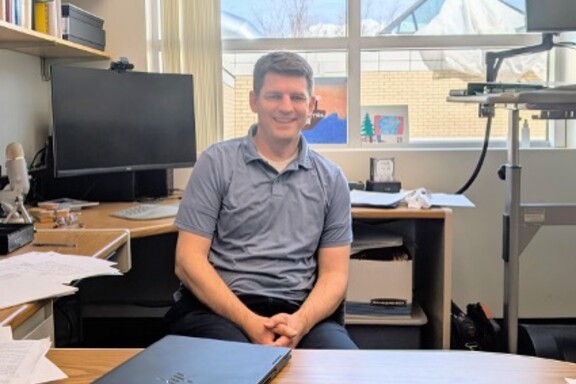 Dr. Gus Hart has been a professor in BYU’s Physics and Astronomy Department since 2006 and is a former Associate Dean of the College of Physical and Mathematical Sciences. Prior to working at BYU, he was an assistant professor at Northern Arizona University, and also spent time working in the Solid State Theory group at the National Renewable Energy Laboratory in Denver, Colorado. During his physics career, he has primarily researched material properties using computational methods and machine learning. Currently, however, he is in the challenging process of changing that emphasis to computational biophysics–an area that he admits was rather unfamiliar to him–after receiving a grant from the Chan-Zuckerburg Initiative to pursue a new and exciting project.
Dr. Gus Hart has been a professor in BYU’s Physics and Astronomy Department since 2006 and is a former Associate Dean of the College of Physical and Mathematical Sciences. Prior to working at BYU, he was an assistant professor at Northern Arizona University, and also spent time working in the Solid State Theory group at the National Renewable Energy Laboratory in Denver, Colorado. During his physics career, he has primarily researched material properties using computational methods and machine learning. Currently, however, he is in the challenging process of changing that emphasis to computational biophysics–an area that he admits was rather unfamiliar to him–after receiving a grant from the Chan-Zuckerburg Initiative to pursue a new and exciting project.
The Chan-Zuckerburg Initiative was founded in 2015 and their purpose is to solve on-going societal challenges in an effort to build a healthier and safer future for all. The Initiative works in two primary areas, science and education. In the realm of science, the Initiative builds collaborations between scientists and engineers to support basic scientific research and develop new technologies to help cure and manage all diseases by the end of the 21st century. In the realm of education, the Initiative wants to ensure that every student can receive an education that addresses their individual needs. Ultimately, the Chan-Zuckerburg Initiative plans on building strategies to help build a better future for everyone.
The goal of Dr. Hart’s project is to use AI technology to aid in the study of bacteria and their biology. Using a transmission electron microscope (TEM), frozen samples of bacteria can be imaged at various angles to create a 3D image called a tomogram. The high resolution of these images allows scientists to study nanoscopic features of the bacteria, such as flagellar motors. Unfortunately, these images often suffer from a poor signal to noise ratio, making them hard for the human eye to interpret. With a large enough dataset of these images, however, an AI system could be trained to assist in identifying important structures within the bacteria.
Dr. Hart’s team hopes to collaborate with image AI scientists to develop a machine learning technique that can accurately distinguish these features. As part of this, they are planning on using the dataset they are developing to host several “Kaggle Competitions”. These are competitions in which different teams compete to create the best machine learning algorithm for a particular task, usually for a cash prize. Doing this, of course, requires using a dataset that is already correctly labeled and categorized, which is what they are currently working on.
Dr. Hart and his group are excited to tackle this new project which they hope will help further the Chan-Zuckerburg Initiative’s goal of finding cures to 21st century diseases. Although they’re not able to analyze bacteria tomograms with AI right now, they are excited to continue building the groundwork for these tools in the meantime. Despite the difficulties of this project, Dr. Hart and his students are determined to learn all they can about AI imaging to help make a difference in science, technology, and society.
By Joshua Hancock, Samuel Jeppson, Daniel King, McKenna Myckowiak, Blake Romrell
News and Events
